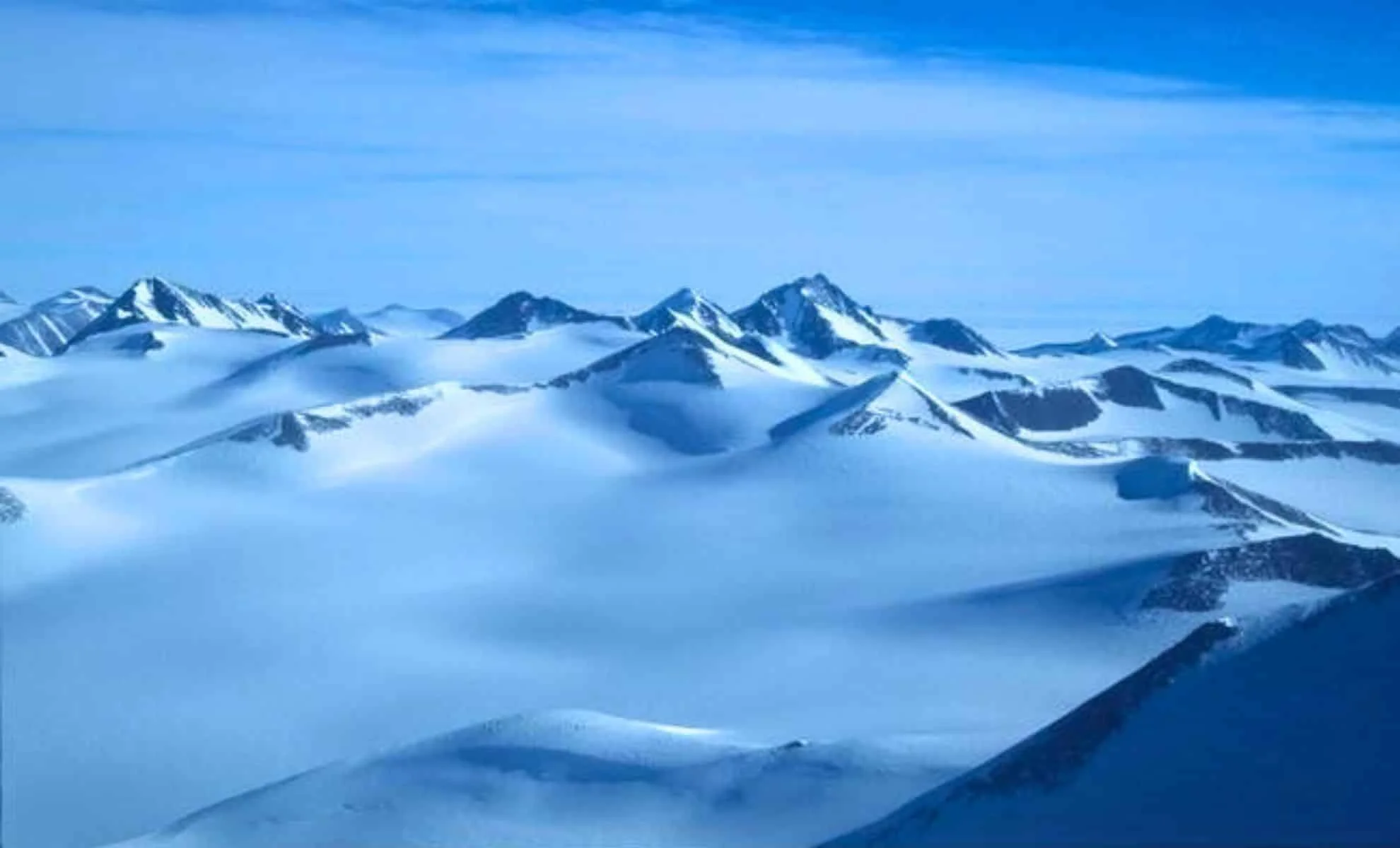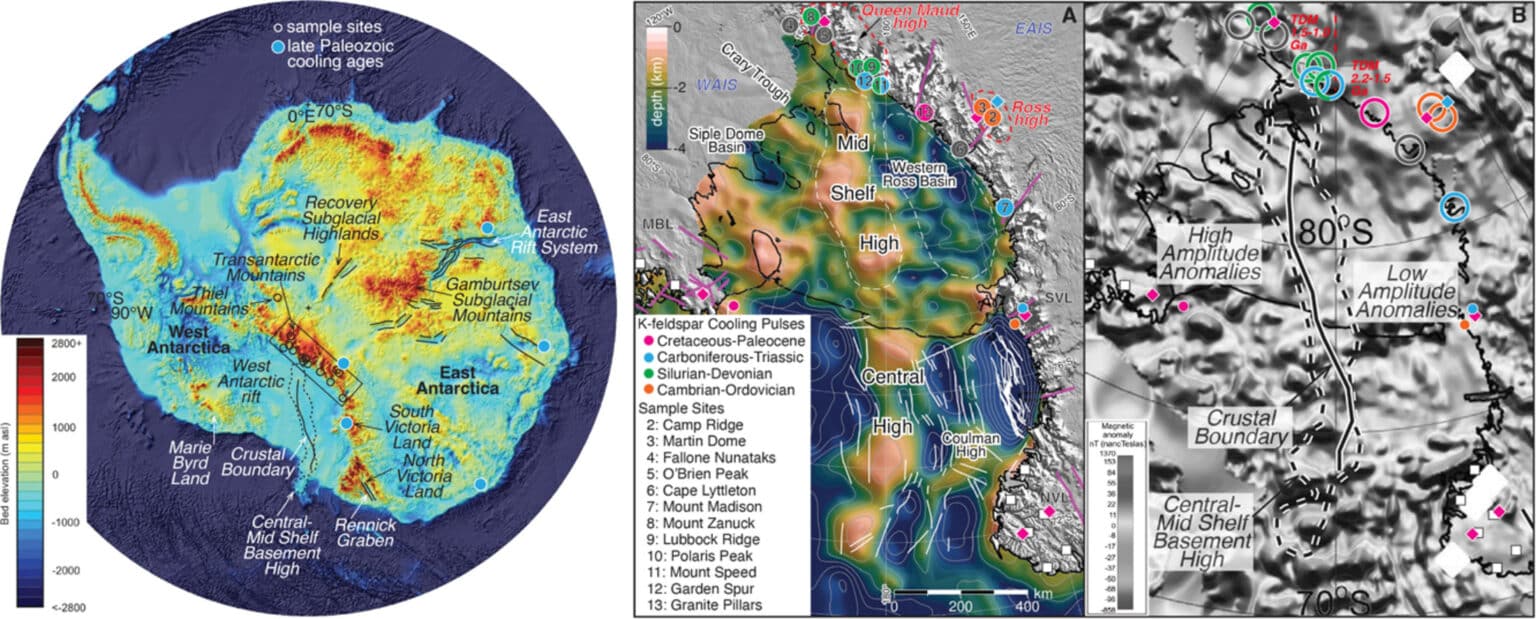
Scientists Uncover a Lost World Hidden Beneath Antarctica’s Frozen Tapestry for Millions of Years | Travel News
A Hidden World Beneath Antarctica’s Ice
Beneath Antarctica’s dense ice lies a concealed terrain that has remained largely unexplored by scientists—until now. In a groundbreaking study, researchers have uncovered ancient mountain peaks buried deep beneath the ice within the Transantarctic Mountains. This revelation is transforming our understanding of the continent’s geological past and offering fresh insights into the evolution of Antarctica’s vast ice sheets.
Revealing a Secret Mountain System
Spanning 3,500 kilometers, the Transantarctic Mountains divide East and West Antarctica and have intrigued scientists for years. Often referred to as the “great Antarctic horst,” the range includes peaks rising over 4,500 meters above the ice surface. Yet much of their origin and history remained uncertain—until recent advancements shed new light on the range’s buried past.
Led by geologist Timothy Paulsen of the University of Wisconsin-Oshkosh and thermochronologist Jeff Benowitz of the University of Colorado Boulder, the team published their findings in Earth and Planetary Science Letters. “Early Antarctic exploration revealed a surprising feature—a 3,500-kilometer mountain chain with peaks over 4,500 meters running across the continent’s interior,” Paulsen explained.
Uncovering a Complex Geological History
The bedrock beneath the Transantarctic Mountains turns out to be much older than previously believed. It serves as both a geological and physical boundary between the stable East Antarctic craton and the more geologically active West Antarctic Rift System. While geologists had long speculated about the area’s past, new data reveals that the region’s bedrock has undergone a surprisingly dynamic evolution.
To reach these conclusions, researchers analyzed mineral grains found in igneous rocks from the region’s basement layer. By examining how these minerals responded to changes in temperature and time over hundreds of millions of years, the team identified multiple episodes of mountain formation, uplift, and erosion—events tied to global tectonic activity and major glaciations.

How These Mountains Shaped Antarctic Ice
The study by Paulsen and Benowitz indicates that the Transantarctic Mountains have experienced significant cycles of tectonic uplift and erosion. Paulsen noted, “Our data shows that the mountain basement rocks underwent several episodes of mountain-building and erosion, which created zones where ancient rock layers are missing.” These processes appear closely linked to key shifts in Earth’s tectonic structure and climatic history.
Furthermore, evidence points to a major glacial period that occurred about 300 million years ago. This event likely played a crucial role in shaping Antarctica’s current ice sheets, influencing not only the landscape but also long-term patterns of glacial flow that still persist today.
